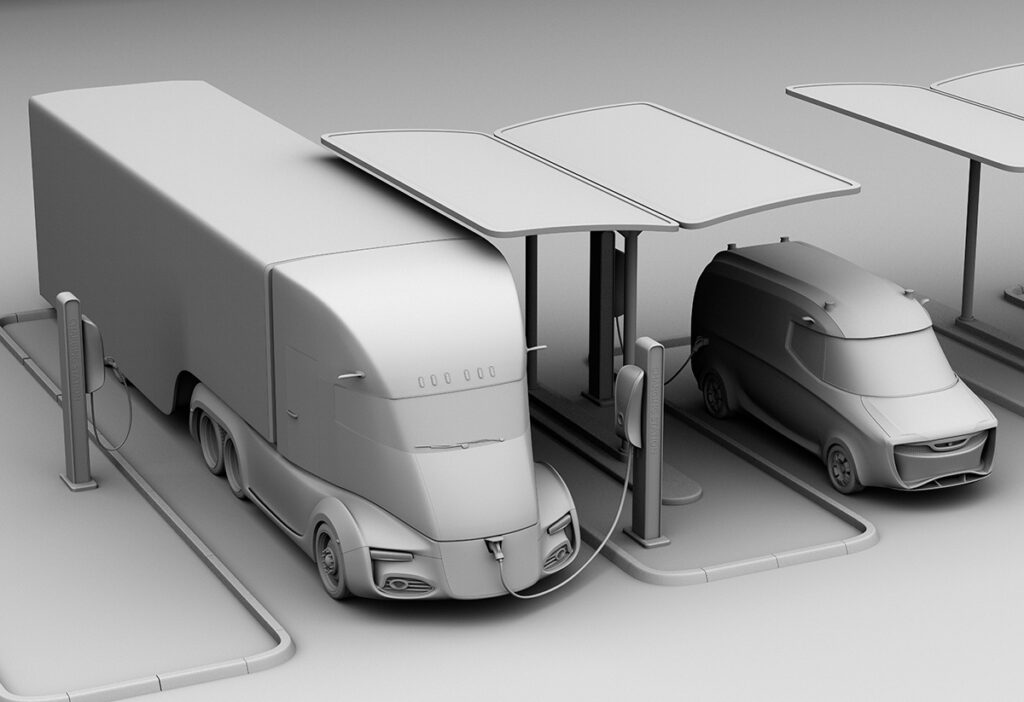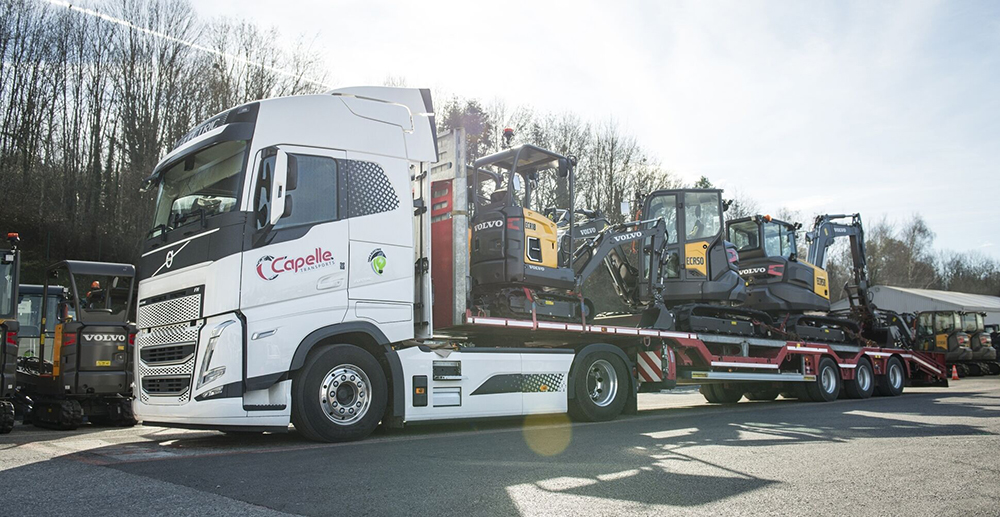The EPA’s ENERGY STAR label is one of the most widely known consumer symbols in the US. ENERGY STAR-certified products have helped consumers save an estimated $246 billion in energy costs since 1992, when the program began. In 2018, the ENERGY STAR program added EV chargers to the list of products that can earn its certification.
Currently, Level 1 and Level 2 AC chargers are eligible for the ENERGY STAR label, and the ENERGY STAR Program is currently in the process of expanding eligibility to include DC fast chargers. According to the EPA, ENERGY STAR-certified EV chargers use 40% less energy in standby mode, on average, than standard charging stations.
ENERGY STAR-certified EV chargers also offer other, potentially more significant benefits. As EV charging stations proliferate, managed charging is becoming essential, not only to save money for charging operators, but to minimize the impact of the additional load on the electrical grid. ENERGY STAR has worked with utility and manufacturer representatives to develop criteria to assist in electrical load management and integration with utility control protocols and software. Charging station models that contain this feature will be capable of supporting Demand Response through open communication protocols (Open Charge Point Protocol, SEP 2.0, CTA-2045A, and/or OpenADR2.0), enabling features such as load dispatch, price notification and price response for utilities, and other ancillary services.
Another reason for consumers to choose ENERGY STAR models: they must meet electrical safety requirements: namely, they are listed by one or more Nationally Recognized Test Laboratories, which have tested them for safety. Most EV charging manufacturers pay for extensive testing conducted by recognized third-party laboratories to ensure that their products are safe. However, a significant number of products available online for sale directly to consumers through major retailers are not safety-tested.
To date, the list of ENERGY STAR-certified EV chargers includes more than 200 unique models from 15 manufacturers. ENERGY STAR estimates that certified EV chargers represented about 20% of all EV chargers shipped in the US in 2019. Interested parties can identify certified models by visiting the online ENERGY STAR Product Finder for EV chargers.
Many incentive schemes offered by state and local organizations and utilities reference the ENERGY STAR program. The California Electric Vehicle Infrastructure Project and NYSERDA’s Charge NY program both require that Level 2 EV chargers be ENERGY STAR-certified to be eligible for rebates. Utilities that require ENERGY STAR certification for participation in their EV charging programs include the Service Company of Oklahoma, Southwestern Electric Power Company, Potomac Edison, and Snohomish County Public Utility District.
The process of adding DC fast chargers to the ENERGY STAR Program is moving forward. A testing method has been developed, and draft performance requirements were distributed this summer for comment from industry stakeholders. The proposed requirements address: equipment scope; energy efficiency during charging; maximum standby power losses; safety requirements; and optional communications standards for demand response-capable products. The end result of this process will be a voluntary standard that manufacturers of DC fast chargers can meet to receive ENERGY STAR certification for their products. Additional drafts of the requirements will be released as needed, and finalization is expected by early 2021.
This article appeared in Charged Issue 52 – November/December 2020 – Subscribe now.






































































